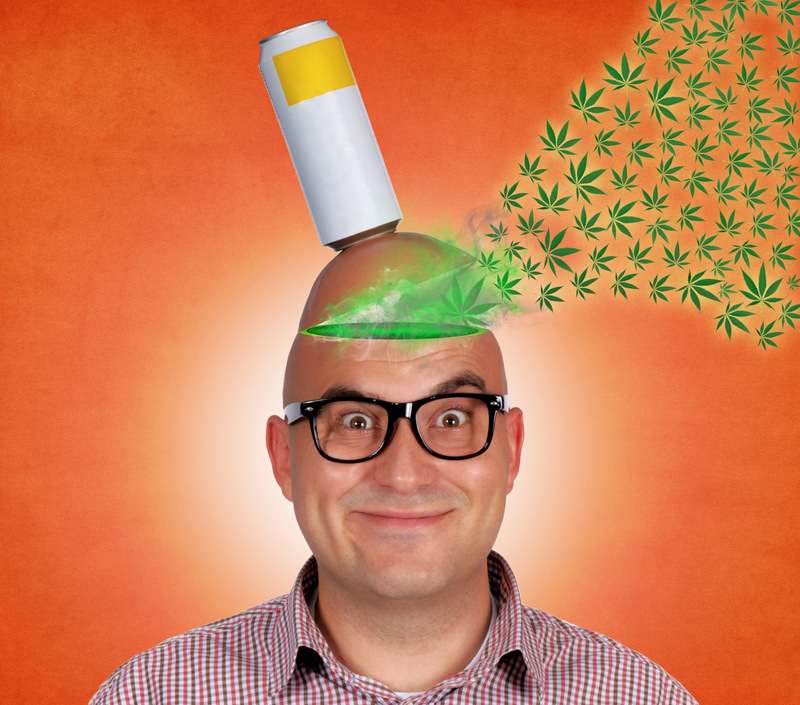
Over the last 40 years, IWSR has built up the world’s largest database on the beverage alcohol market. It claims to understand the market, category and brand performances of products in 157 countries across the world using local market input. Occasionally, IWSR releases market reports, and occasionally we run those market reports because we find them interesting and insightful. Here’s one right now!
Though legal cannabis is currently only a fraction of comparable alcohol sales, a newly published study shows that the risk to beverage alcohol is expected to expand as cannabis acceptance and consumption grows, particularly among beer and spirits drinkers. The report also notes that Millennial consumers represent 45 percent of “dualists” (those who consume both cannabis and alcohol), which is a sobering statistic for beverage alcohol companies who are trying to capture long-term share of mind and wallet among this important demographic.
The new wide-ranging report, Beverage Alcohol, Cannabis and the Changing U.S. Consumer: What are the Real Risks and Opportunities to Consumption Behavior?, is a cooperative initiative between IWSR Drinks Market Analysis and BDS Analytics, the data, intelligence and consumer research experts in the fields of beverage alcohol and cannabis respectively.
The U.S. cannabis industry has seen an explosion of growth within the past few years — 10 states have now approved adult recreational usage of cannabis products and 34 states have approved cannabis for medicinal purposes. All but two of the remaining states allow for cannabidiol (CBD) products. The IWSR/BDS Analytics study is a comprehensive and far-reaching examination of the state of the current industry, alcohol and cannabis consumers and consumption occasions, trends, risks and opportunities, and growth expectations.
“Our research shows that up to 40 percent of adults 21 and over consume cannabis in states where it’s legal. Cannabis presents substantial opportunities across consumer industries, including new occasions that alcohol cannot and will not play,” said Jessica Lukas, vice-president, BDS Analytics. “Consumers will continue to look to cannabis products over alcohol for occasions when they are feeling creative, need to get motivated or seeking health, medical or wellness benefits.”
The report also details areas where beverage alcohol and cannabis can and do coexist. Though some cannabis use is starting to emerge during occasions that have been traditional alcohol occasions, the study indicates that cannabis and alcohol are often not always appropriate for the same occasions. Also, not all alcohol consumers are cannabis consumers, and not all cannabis consumers are alcohol consumers. There is still a large market of consumers that are, and will be for some time, unfazed by cannabis offerings.
“Though not yet mainstream, cannabis adoption is certainly growing in states where it’s legal and does pose a risk to the beverage alcohol industry in the future,” said Brandy Rand, IWSR’s U.S. president. “It’s important that alcohol brands pay attention to their consumers, recognizing that some occasions may result in a decrease in alcohol consumption in place of, or alongside, legal cannabis.”
The report notes that cannabis and alcohol are different, and not every dollar spent on legal cannabis is a dollar taken from alcohol. Nonetheless, it warns that it is critical for beverage alcohol companies to prepare today to meet consumers’ needs as these markets continue to mature and overlap.
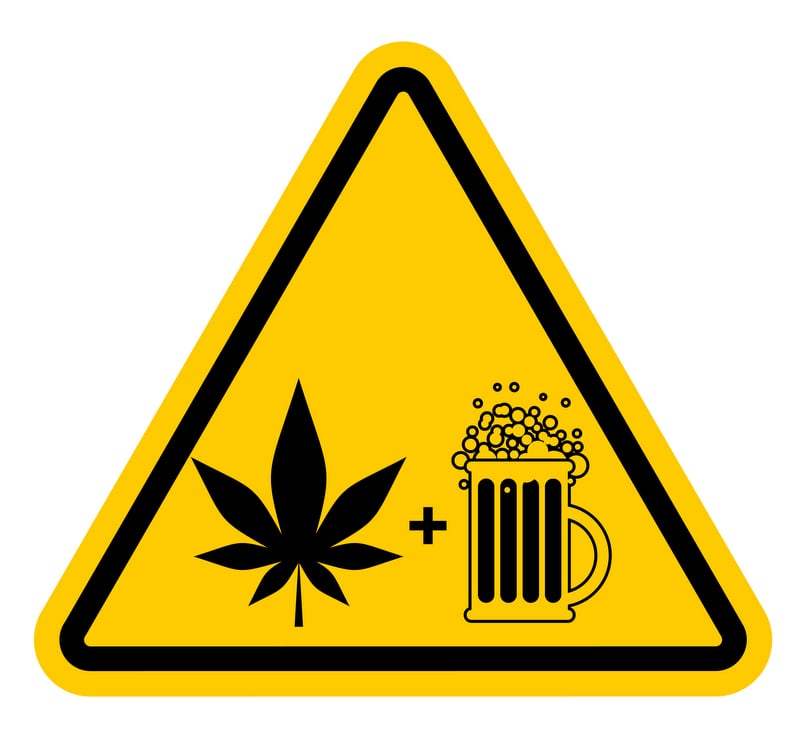
Other interesting findings included in the report:
- In states where cannabis is legal, alcohol consumption still remains higher, with twice as many legal-aged adults consuming alcohol compared to cannabis.
- Two-thirds of cannabis consumers in fully legal cannabis markets also consumed alcohol, however, only approximately one-third of alcohol consumers in these markets also consume cannabis.
- More than 50 percent of people indicate that they have ever paired cannabis with alcohol, though few pair the two together often. When they do pair, half say they drink less.
- On average, cannabis and alcohol dualists are more likely to drink beer (especially craft beer) and spirits; fewer drink wine.
- Baby Boomers tend to be more alcohol exclusive, while Millennials prefer interchanging cannabis and alcohol, or just consuming cannabis.
- Cannabidiol (CBD) is exploding as an ingredient of interest among both cannabis consumers and noncannabis consumers. Edibles (which includes beverages) represent 53 percent of CBD product sales.
- 44 percent of cannabis and alcohol dualists say that marijuana should be sold in the same stores as alcohol.

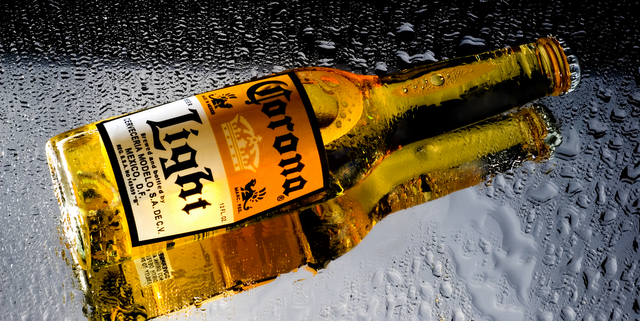
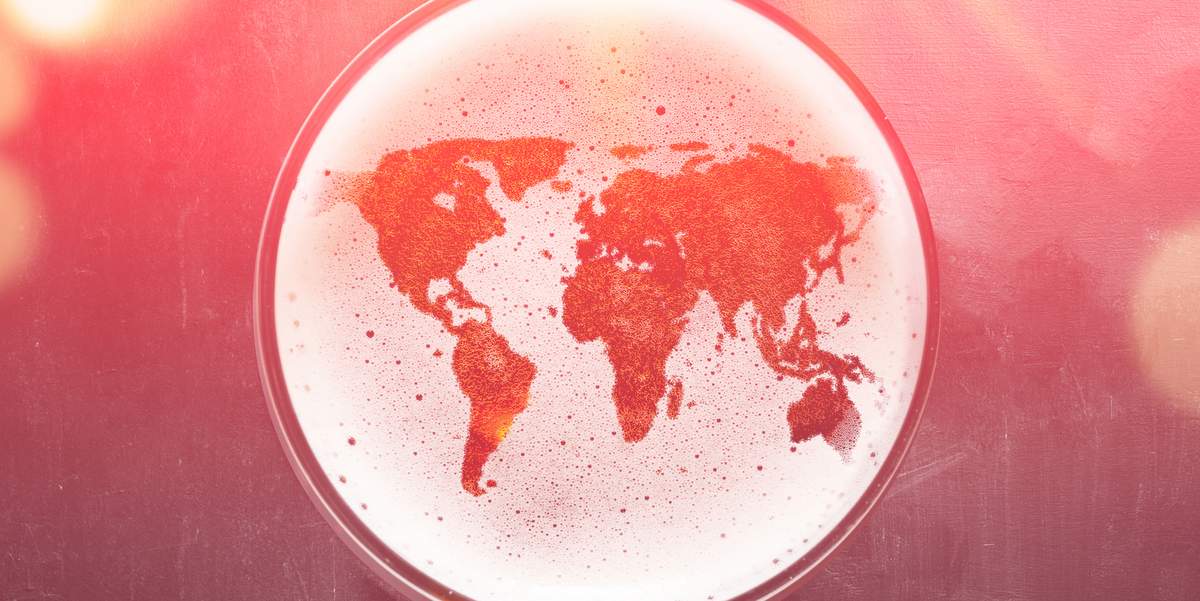

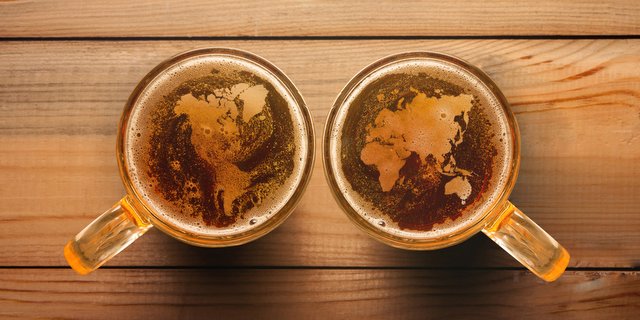
Mike Nelson says
Yeah, because sitting around with cottonmouth is better than having a beer with your smoke.